Starting a New Garden or Revamping an Existing One?
Just like when you’re planning a new kitchen or bathroom, getting inspired and envisioning your garden is crucial. Here’s how to find the right inspiration and make your garden project a success:
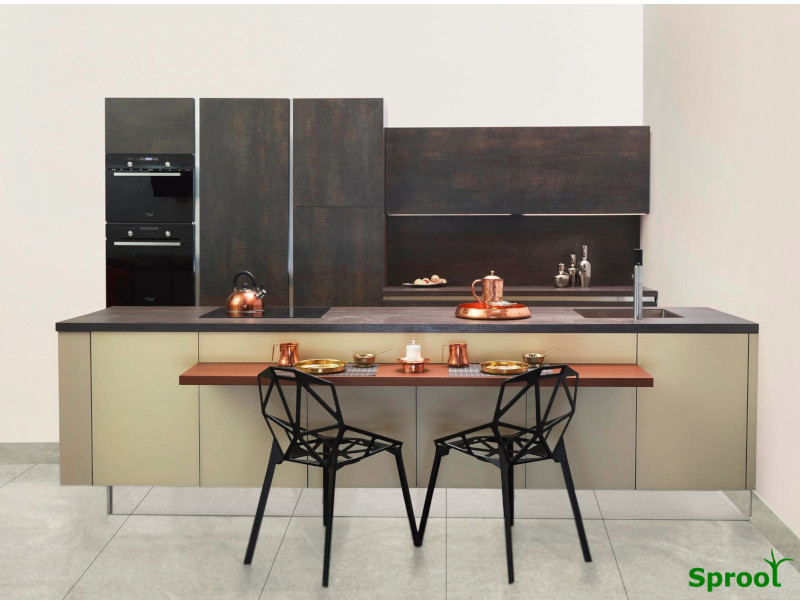
- Seek Inspiration: Explore various sources for garden ideas, such as garden centers, online platforms, and design magazines. Many garden centers have show gardens where you can see plants and layouts in action.
- Visit Display Gardens: Just as you would with a kitchen or bathroom, visit garden showrooms or demonstration gardens. These spaces often showcase different styles, plant combinations, and garden features.
- Use Design Software: Garden design software can help you visualize your garden layout, experiment with different plants, and see how various elements fit together. This can be particularly helpful in planning the overall look and functionality of your garden.
- Consider Standard Elements: Like kitchens and bathrooms, gardens also have standard elements like paths, patios, and plant beds. Familiarize yourself with these basics to streamline your planning process.
- Compare and Contrast: Take note of what you like and dislike in different garden displays. Consider how various elements such as colors, textures, and layouts could work in your own space.
- Involve Others: If you’re working with a partner or family, make sure to involve them in the planning process. Discuss preferences and ideas to ensure that the final design meets everyone’s expectations.
By gathering inspiration and using available resources, you can create a garden that reflects your style and meets your needs, just like you would with any other home improvement project.
Finding Garden Inspiration
Gardens are dynamic and ever-evolving, reflecting seasonal changes and plant growth. Unlike a fixed kitchen layout, your garden will continuously change, offering new opportunities for creativity and growth. Here’s how to find inspiration for your garden and ensure it aligns with your personality and lifestyle:
1. Identify Your Ideal Garden Style
Assess Your Lifestyle: Think about how you use your outdoor space. Do you need a relaxing retreat, a vibrant entertainment area, or a functional space for growing vegetables? Your garden should cater to your daily life and preferences.
Consider Your Personality: Are you drawn to formal and structured gardens, or do you prefer a wild, cottage-style garden? Your garden should reflect your personal style and tastes.
Set Your Goals: Decide what you want from your garden. Do you want to grow your own food, create a wildlife haven, or simply enjoy a beautiful space? Having clear goals will guide your inspiration search.
2. Sources of Garden Inspiration
Garden Centers and Nurseries
Visit local garden centers to see plants and garden features in person. Many centers have display gardens showcasing different styles and plant combinations.
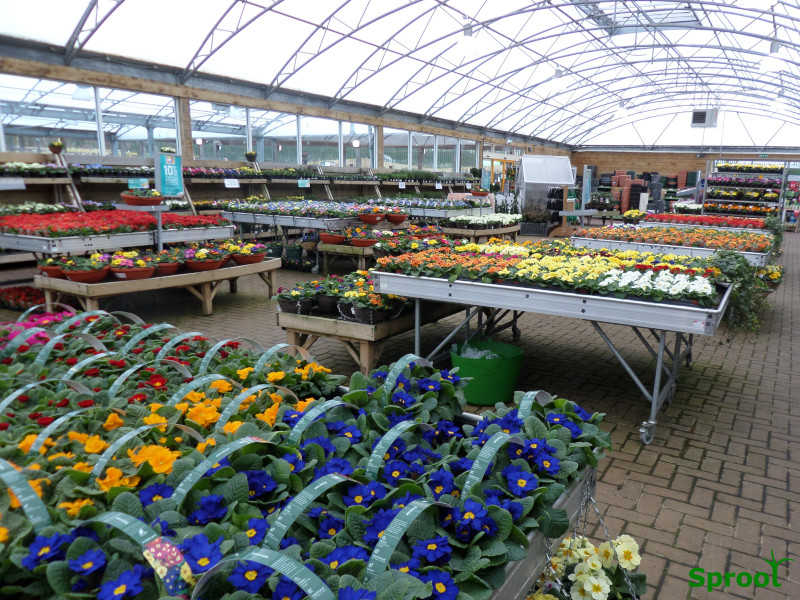
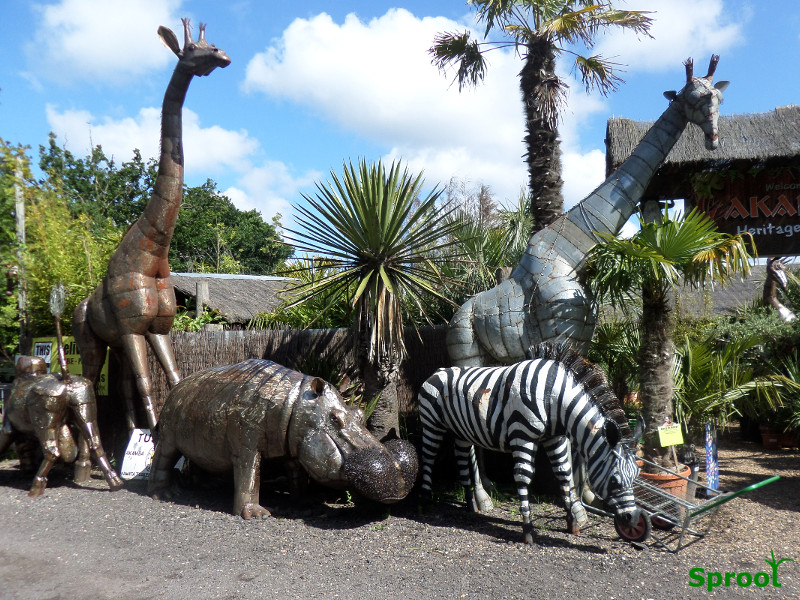
Online Platforms
Websites like Pinterest, Instagram, and gardening blogs are rich sources of garden inspiration. You can search for specific styles or themes and save ideas that resonate with you.
Lots of nurseries and plant breeders have great ideas for using plants
The internet is full of good ideas.
Gardening Magazines and Books
Browse through gardening magazines and books for design ideas, plant recommendations, and tips on creating various garden styles.
Lots of glossy high-quality pictures and design ideas just remember they might not be suitable for all areas.
Quite often plants are used as props to create the perfect look, you need to read between the lines.
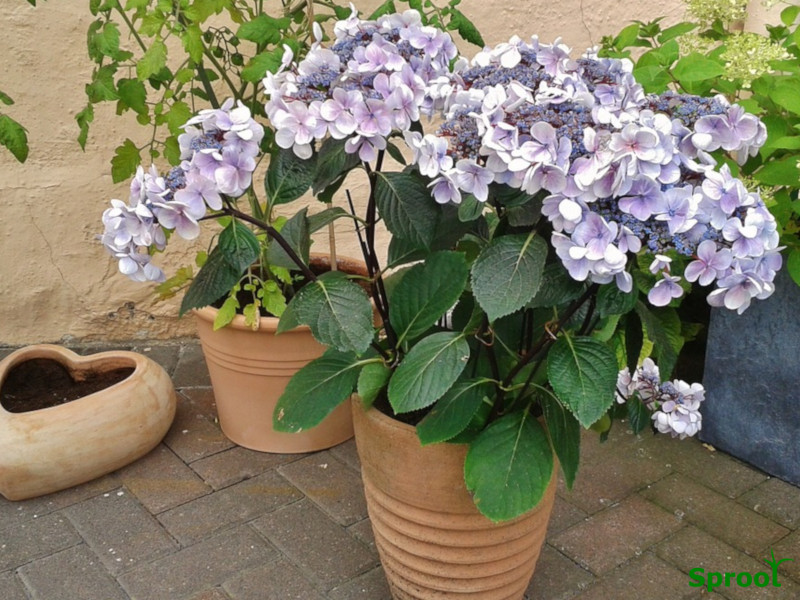
This hydrangea looks good in flower but is not suitable for growing in a patio pot, still, it takes a good picture
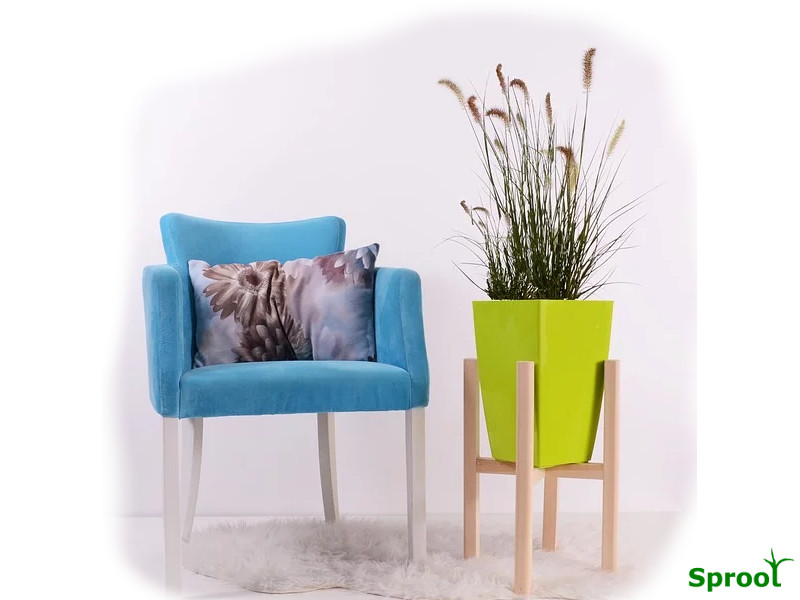
A stylish and striking image, however, the grass is an outdoor type and is only there for decoration and would soon die in the house
Garden Shows and Exhibitions
Attend garden shows and exhibitions to see the latest trends, innovative designs, and expert advice. These events often feature a variety of garden styles and products.
Here you will find inspirational displays, show gardens, a wide range of sundries and new or unusual plants
Plant societies are full of lovely enthusiastic people, you may catch the gardening bug.
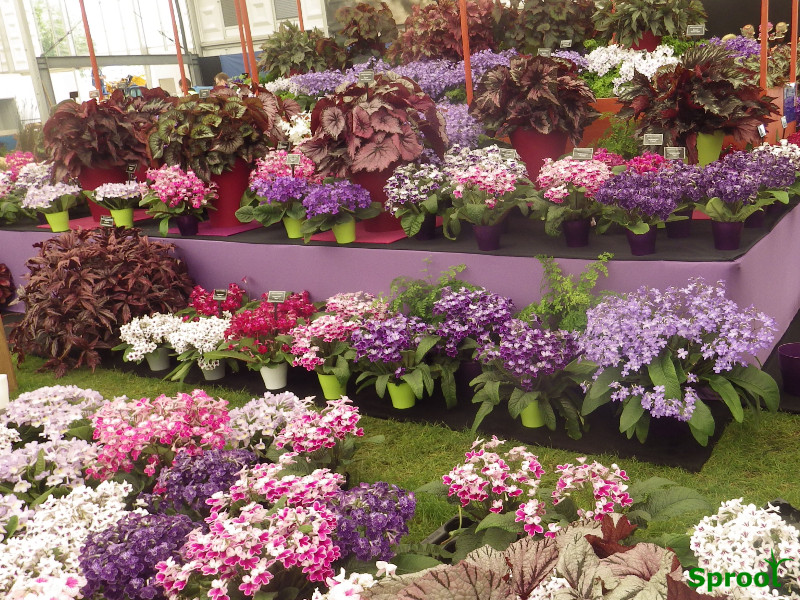
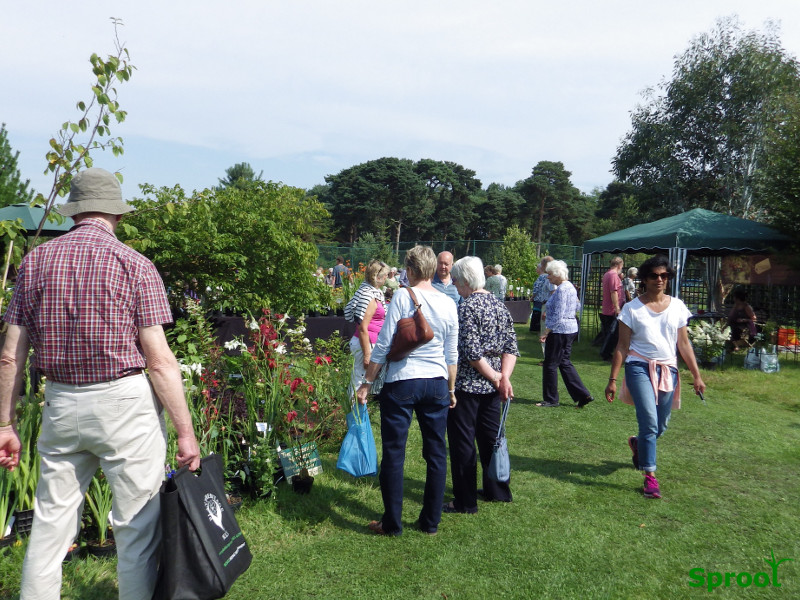
Local Gardens and Parks
Explore public gardens and parks in your area. They can offer practical ideas and inspiration based on plants and designs that thrive in your local climate.
There are always things you can pick up, for instance, one plant or combination of plants will catch your eye and you can add them to your garden.
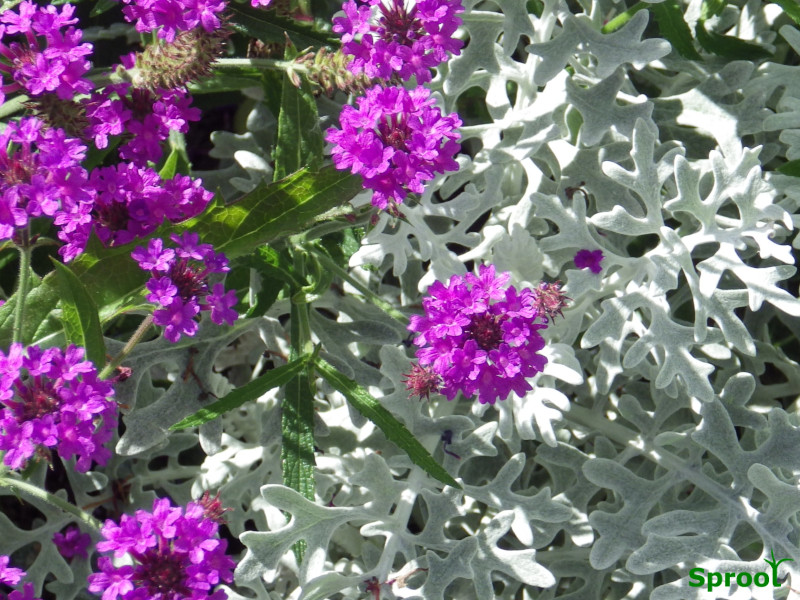
Go out for a walk find the best garden and ask the owners for advice, gardeners are friendly by nature.
Get their advice on local nurseries and suppliers it will save you money.
If you don’t feel comfortable talking to the neighbours you will still see the plants that can succeed in your area, so-called indicator plants.
Cordylines need a sheltered spot, if you see them in your neighbours garden there is a good chance you can also grow them
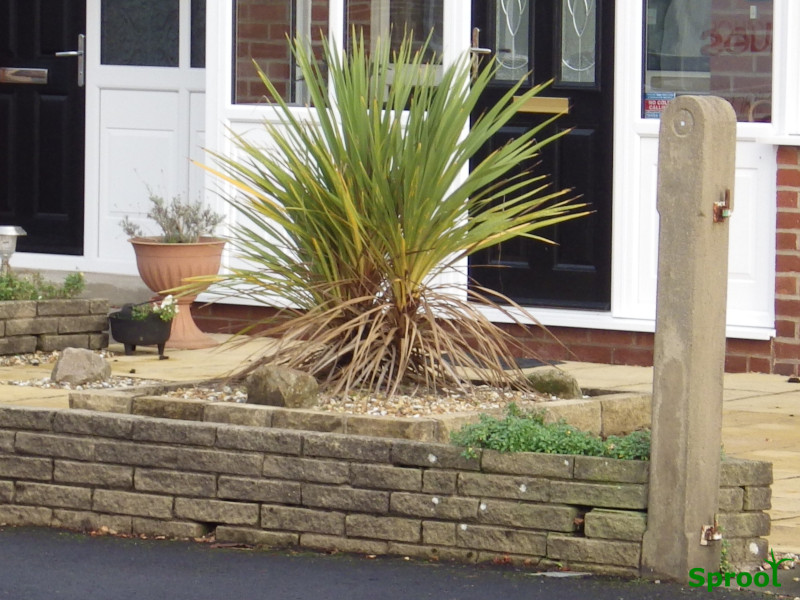
National Trust and Historic Gardens
It might seem odd looking round large stately home gardens, how can you possibly recreate them in your tiny garden.
You will see mature shrubs and trees, you can see how much room that dwarf? conifer or tree you just bought might need.
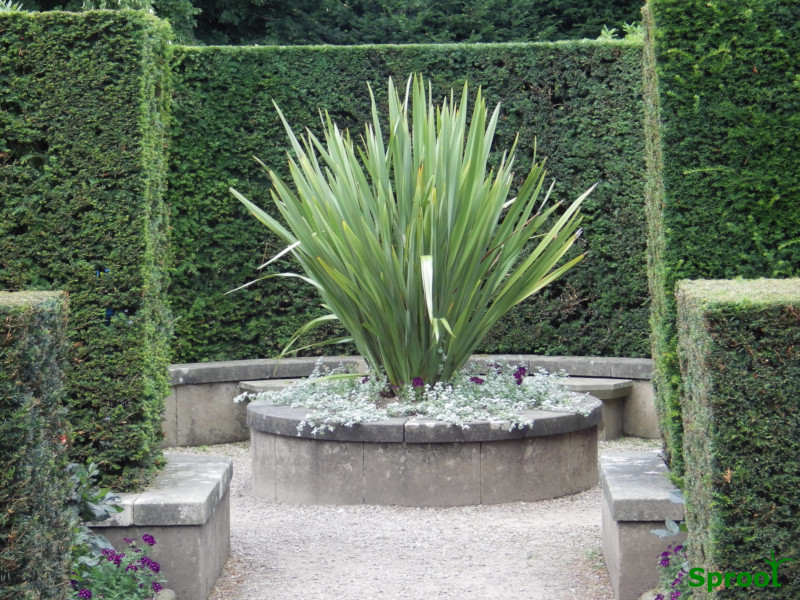
This stunning focal plant could be reproduced on a much smaller scale in your garden
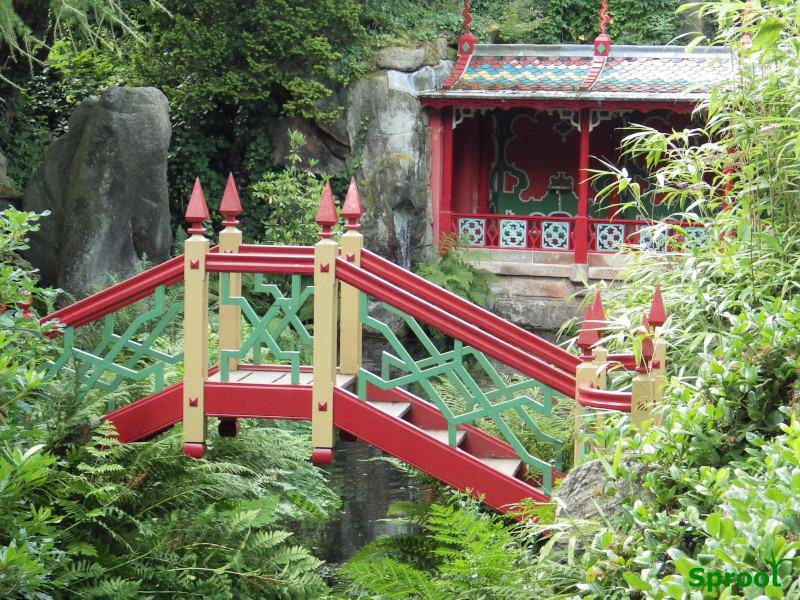
It is possible to create a small Japanese feature if you don’t have room for the real thing
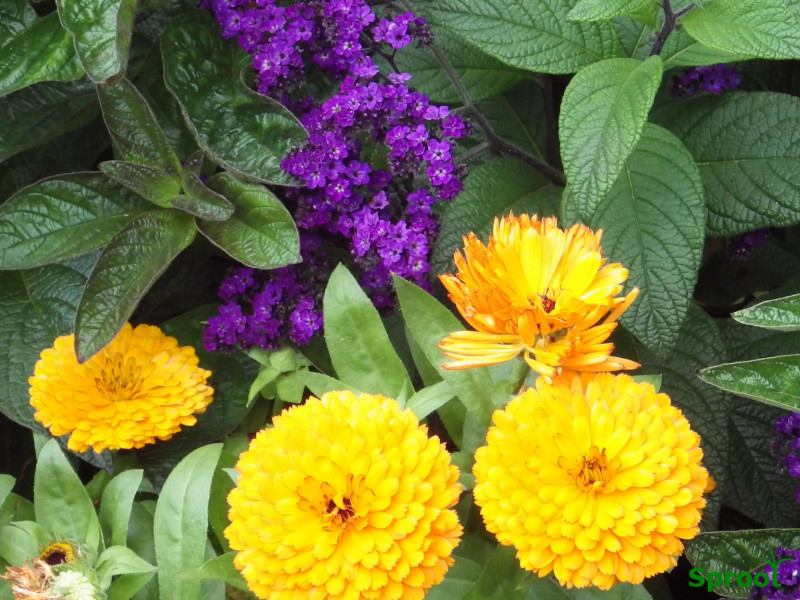
You can pinch planting ideas and colourful combinations
Garden Design Software:
Use garden design software to experiment with layouts, plant combinations, and features. This can help you visualize how different elements will work together in your space.
3. Inspiration for Impulse Buying
Create a Vision Board: Gather images of plants, garden features, and layouts that appeal to you. A vision board can help you stay focused and make more intentional choices.
Plan for Flexibility: While having a plan is important, allow room for spontaneity. As your garden evolves, you may want to add new plants or features that inspire you in the moment.
Consult with Experts: Speak with gardening experts or landscape designers who can offer personalized advice and help you make informed decisions.
By finding your ideal garden style and exploring these sources of inspiration, you can create a garden that not only reflects your personality but also evolves beautifully over time.

